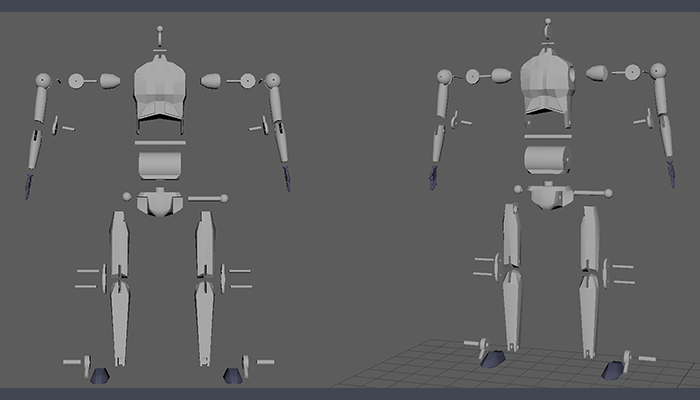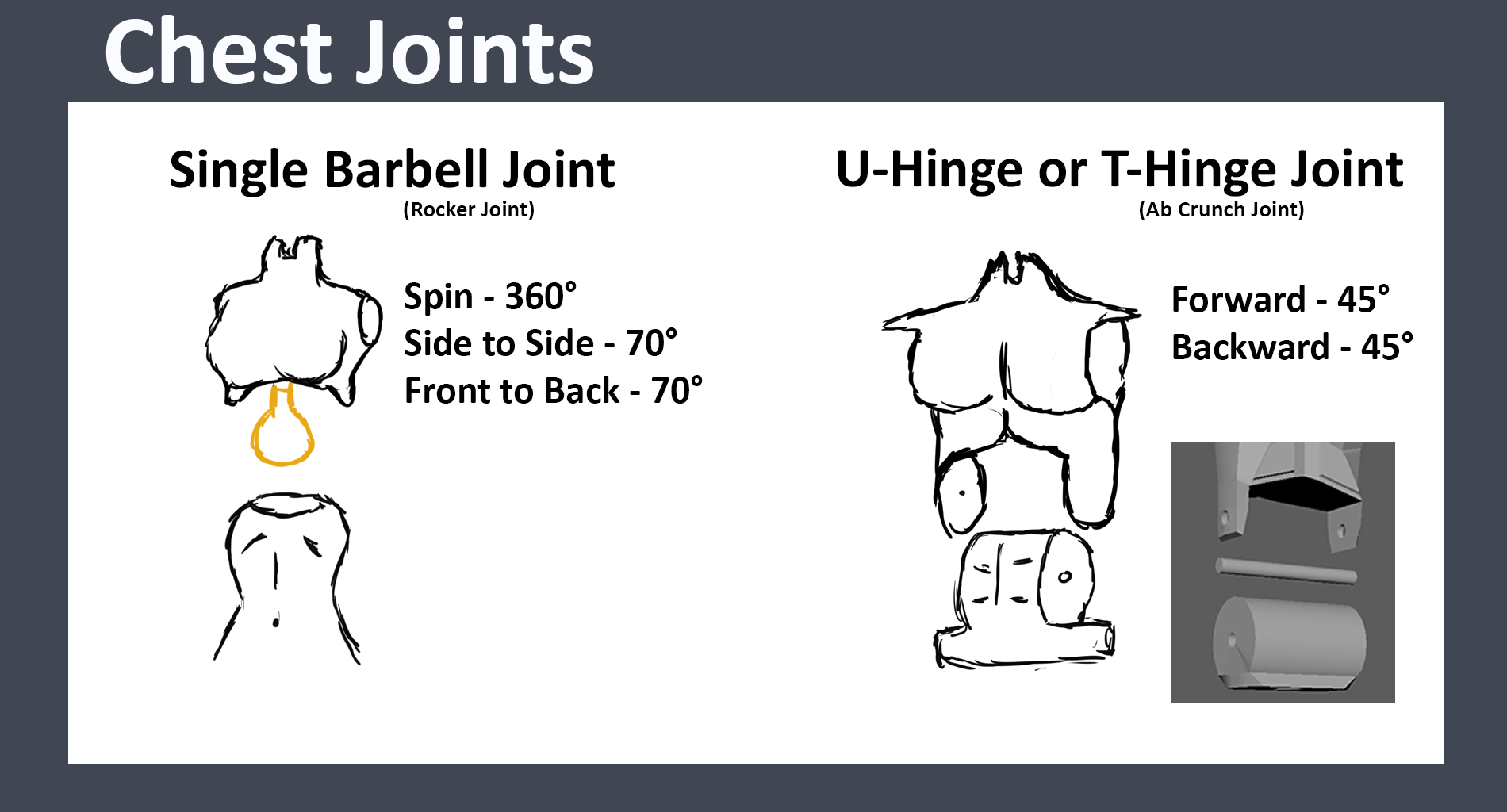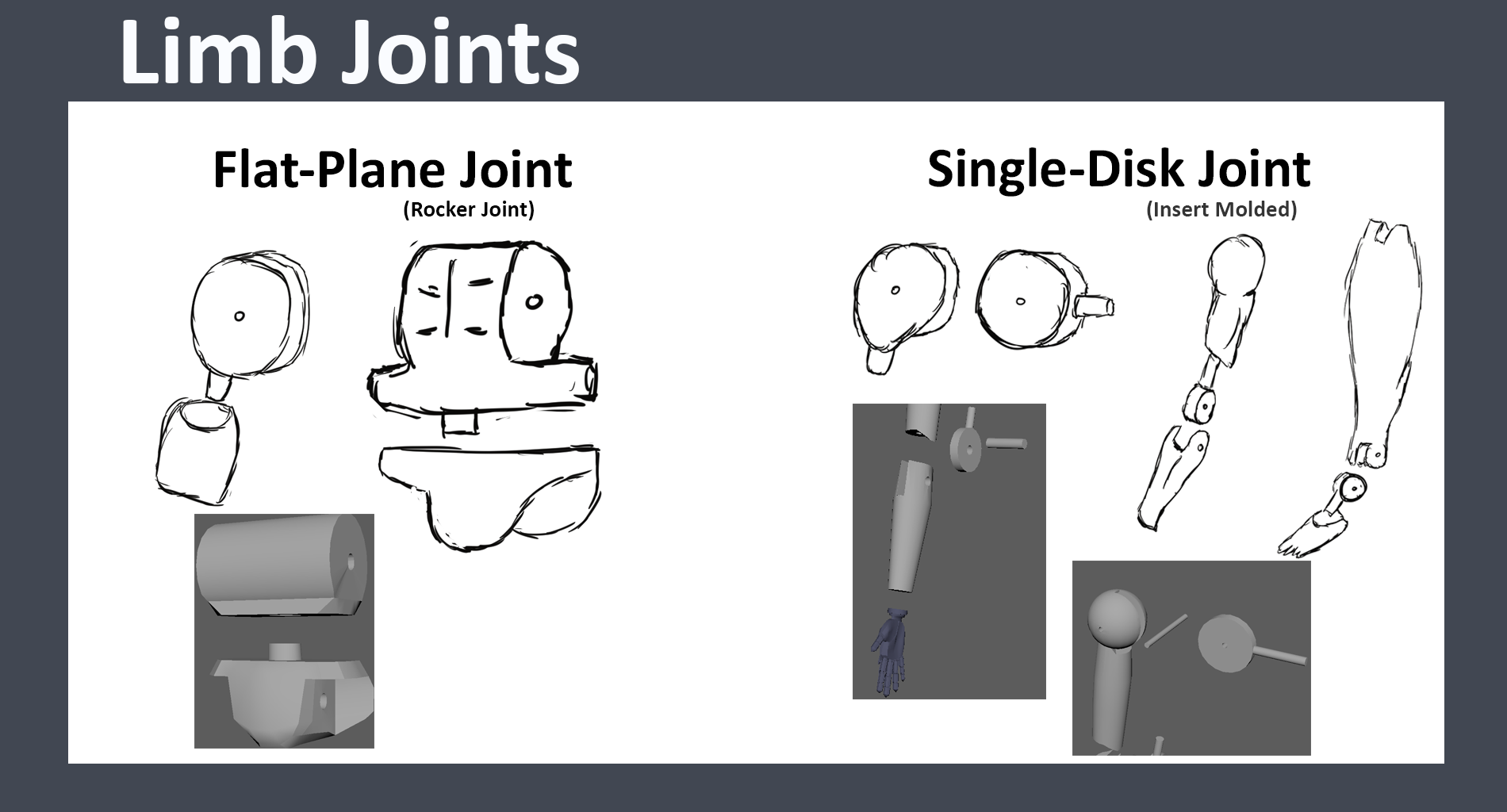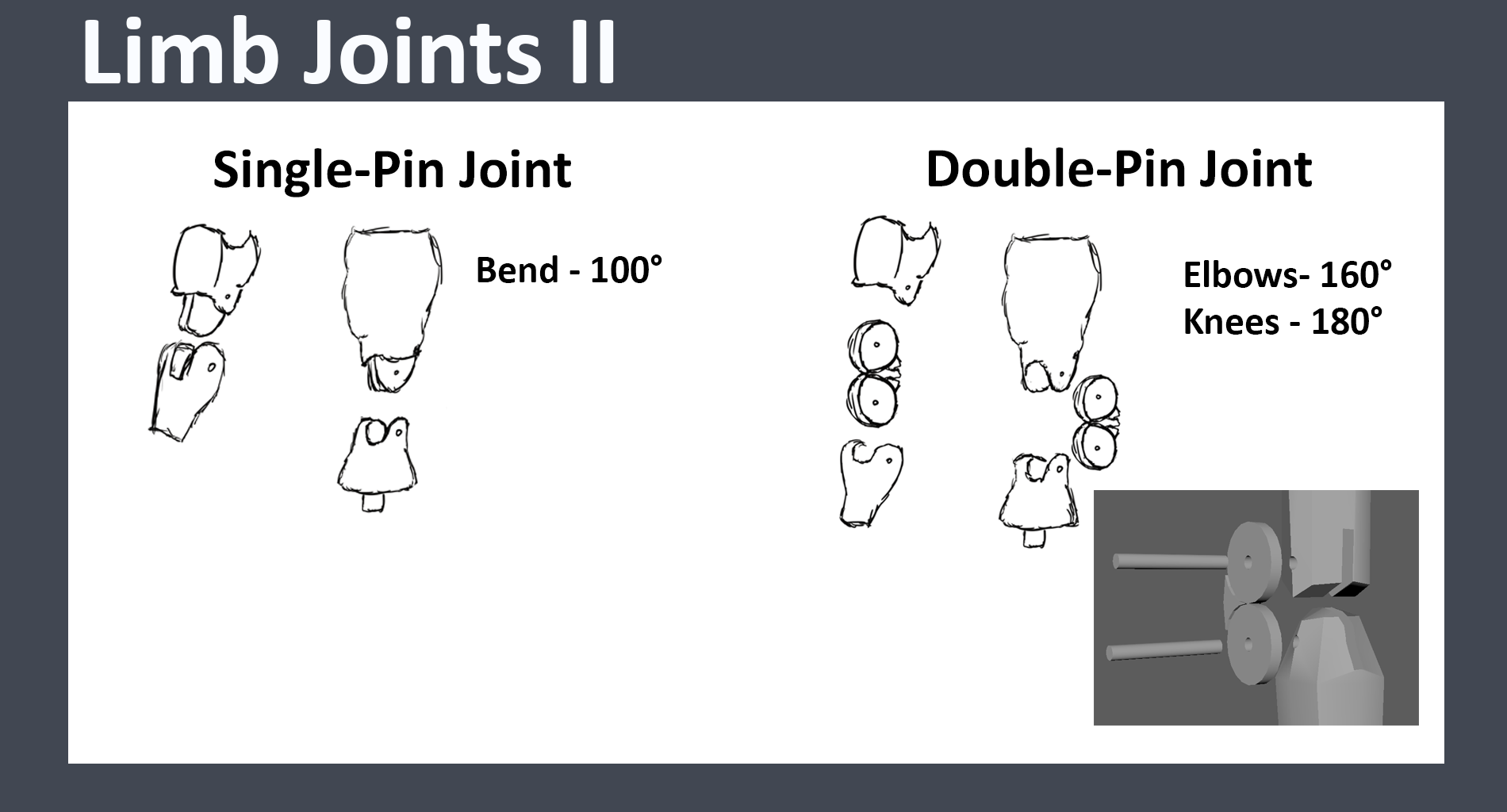
March, 11, 2021 by Andrew Farmer in 3D Printing
Ever since I was a small child, I always loved figures. 1:6 scale action figures of Barbie, Ken, Action Man and Batman, to smaller 1:12 scale figures of Spiderman and local Australian football players, I always enjoyed receiving them from my family.
As I grew, the love for these figures never changed, however the subjects did. As I progressed into my teens, my attention changed to cheap PVC figures you would find in gatcha machines and arcades, to posable 1:12 figures of characters from Japanese Animations, to figures from Good-Smile Company and then, as I aged into adulthood, to high quality figures from the likes of Alter.
Recent I decided to study different forms of articulation found in standard action figures in order to better understand and have the opportunity to 3D print some myself in the future.
Surprisingly there was less information about different types of joints online that I had expected. Hasbro Toy Designer Paul Bennett was featured as a guest at the 2019 Pixologic zBrush Summit and during his lecture, he briefly talked about the different types of articulation found in Hasbro action figures.
The lecture is fascinating and I highly recommend watching it if you have the time.
Below is a quick introduction to various areas of articulation. These are useful when 3D modelling.

A Ball Disk Joint allows for a 45° to 60° movement forward and backwards, where a Snap-On Ball Joint allows for full 360° movement depending on the size of the head.

Butterfly Shoulder joints allow for full 360° horizontal movement of the arms joints. The Double Barbell Hip Joint allows for easy attachment of legs and provide 45° to 180° movements depending on the design of the hips area.

Chest joints are self-explanatory. A Single Barbell Joint provides a large degree of movement from the centre of the chest. The advantage of a Barbell joint is that you can move side to side. A U-hinge/T-Hinge Joint allows for a very limited range of movement, but is cheaper and more sturdy of the two chest joints.

A Flat-Plane Joint allows for full 360° movement between the hips and chest. A single-disk joint allows for a varying degrees of movement depending on how the joint is fitted in the limb.

A Single-Pin Joint connects two full limb sections together. While the degree of movement varies depending on the model itself, it can provide up to 100° of movement forward and backward. A Double-Pin Joint gives a wider array of movement, providing up to 180° depending on the joint.

There are more intricate types of joints and articulation that can provide a more flexible frame, such as those found in Ball Jointed Dolls. While older dolls used a series of pullies and strings to move around, newer dolls use plastic ball joints to form the base skeleton. A good example of these skeletons are those found in the Dollfie or Smart Doll brand. Putting together the joints covered in this post today provide a basic skeleton on which you can model a basic action figure.